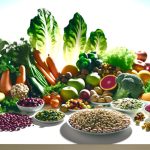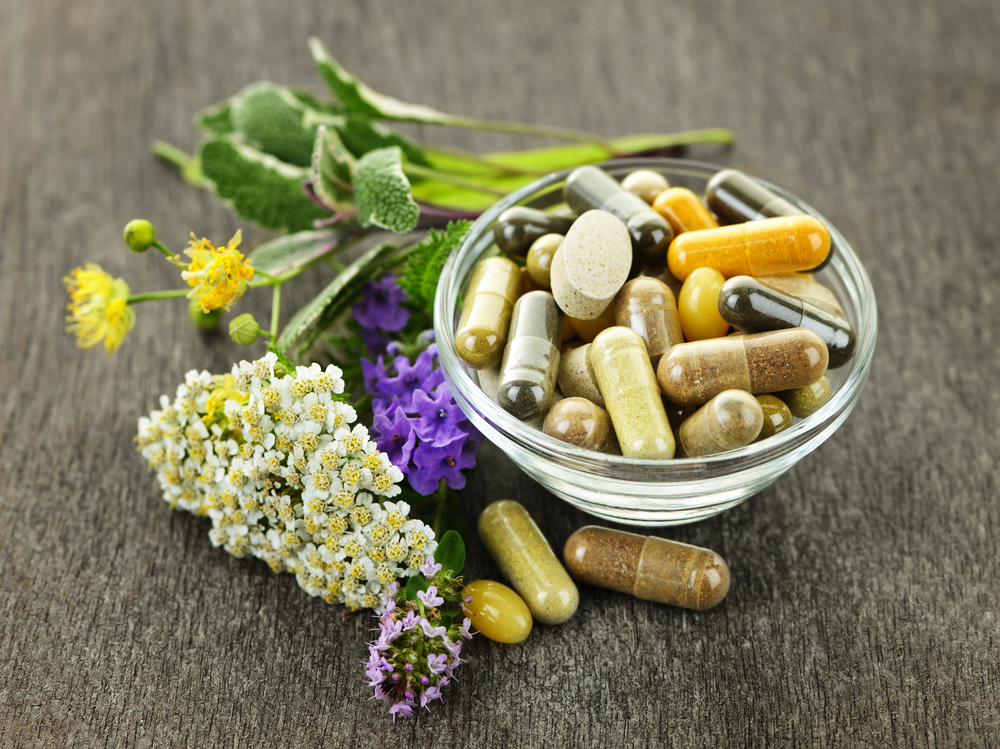For some people, having to switch from dairy products to a non-dairy option is a necessity due to stomach and head aches, or allergies, rather than an option out of curiosity or preference. Some individuals may substitute dairy for something else because of the alternative flavor or consistency, or to receive a nutrition that is not provided by milk.
No matter what the cause, there is quite a large selection of dairy-free milks to pick from, for uses as varied as morning java, cereal, smoothies, and mashed potatoes.
Here’s an overview of what you need to know about non-dairy, milk-alternative beverages.
Some Reasons People Try a Non-Dairy Milk-Alternative:
- Lactose intolerance
- Milk allergy
- Vegan diet or lifestyle
- Concerns about inflammation
- Crohns and Colitis or Inflammatory Bowel Syndrome
- Concerns over antibiotics, pesticides, or hormones
- Ethical concerns
-
Variety: The Glass is Half Full
Oat milk has been a popular choice in Europe since around 1990, but only recently has it started to be seen in the United States as a fashionable substitute for cow’s milk at cafes. Exploring my local market showed me all of the kinds of plant-based milks I had been unaware of: hemp, pea, cashew, hazelnut, quinoa, macadamia, rice, and flax as well as my usual options of coconut, almond, soy, and oat.
What distinguishes different plant-based milks? Consumers take into account many aspects such as flavor, nutrition, ingredients, taste, cost, diet and lifestyle preferences, accessibility, and health when evaluating a product.
-
The Name of the Game is…Milks, Mylks, Malks
Firstly, what should these beverages be called? Are you aware of the controversy surrounding what to call beverages that are produced with almonds? “Almonds don’t lactate” but they do produce milk. Some have raised issues with the idea that a product not derived from animals should not be referred to as “milk”.
These nut milks have been criticized because some brands have more components than just water and nuts, which makes them better defined as a kind of drink.
-
Nutritional Comparison
A study of 10 different types of plant-based milks (oat, hazelnut, hemp, coconut, cashew, almond, soybean, rice, pea, flaxseed) revealed interesting resemblances and discrepancies in the nutritional content for each one-cup serving.
Compared to 1 cup of whole fat, cow milk:
- Oat milk has almost as many calories as cow milk (130 vs. 148). Almond, rice, coconut, hemp, and cashew milk are lower in calories.
- Most have 25-63% of the fat of cow milk, with the exception of Hemp (8 g)
- All are lower in sugar (<3 g) except for Oat and Hazelnut (17 g and 13 g vs. 12 g)
- All are lower in protein except Soybean, Pea, and Flaxseed (9 g, 8g, and 8 g. vs. 8 g)
- All have comparable sodium except coconut, which is much lower (15 mg vs. 105 mg)
- Pea protein milk has more potassium than cow milk (450 vs. 322 mg); soy is comparable (390 mg)
Milks other than dairy contain lower amounts of calories and fat, except for coconut milk, contain more water for better hydration, and have reduced protein levels, except for soy milk. Some are fortified with other vitamins and nutrients.
Parents should remember that milk alternatives tend to have fewer fat, protein, and calorie content, which may be advantageous for adults but something to consider when selecting an option for children.
-
Health Considerations
Growing Children
The primary consumers of dairy milk are children. Those with dairy sensitivities may wish to consider alternative options. Research has been conducted to determine whether plant-based milks can be as beneficial for children’s growth as dairy milk, and when it is acceptable for children to consume them. One cup of whole milk offers 8 grams of complete protein which contains all of the necessary amino acids; that’s 60% of what’s suggested for toddlers and 40% for young children on a daily basis.
Milk is beneficial for kids as it contains vitamins, calcium, and protein, all of which help in their development and growth. What is the growth rate of non-dairy beverages? Research indicated a potential link between the drinking of non-dairy milk beverages and shorter height in children.
At various points during the first 24 months of a child’s development, key nutrients like calories, iron, and protein have a critical importance. It is advised that babies be given breast milk or formula rather than any other type of substitute diet, both for the nutrients that are provided as well as the lack of certain elements such as sodium that aren’t added to either formula or breast milk until later stages of development.
READ MORE: 8 Healthiest Drinks For Your Child
-
Environmental Concerns
The environmental damage caused by farming the ingredients needed for these plant-based milk substitutes is a worry. The amount of money being expended on alternative types of milk has increased while the amount of cow’s milk that is being consumed has decreased. Joseph Poore, a researcher at the University of Oxford, has recently revealed the results of a survey reckoning the amount of green house gases from more than 10,000 farms all over the globe which cultivate dairy from cows, almonds, coconuts, and soya. The investigation revealed that it requires 9 times more area to manufacture one liter of dairy milk than it does to generate one liter of rice, soy, oat, or almond milk.
However, plant-based milks can also have consequential environmental impact. Almonds require irrigation, exerting tremendous pressure on water resources. Bacteria in flooded rice paddies produce methane, which is the largest contributor of greenhouse gases from rice. Soy and oat beverages require a larger area of land, which in some cases may result in deforestation, depending on the location of the land. Agricultural producers should be aware of the consequences of dietary alterations (such as substituting dairy for plant-based diets) and the extensive environmental effects of consumer decisions.
-
Cost
In comparison to cow milk, which is typically $4.08/gallon, some alternatives will cost more for the same amount except for specific kinds, like almond, coconut, flaxseed, cashew, and rice milk.
If you’re on the search for a suitable milk alternate that you will be consuming regularly, look for the most natural beverage that is most worth the money: try and choose the one that is unsweetened, has the vitamins and minerals you’re looking for, and doesn’t contain a lot of thickening agents.
Milk alternative beverages (plant-based beverages) in Canada and in the United States
In 2020, Euromonitor’s data showed US$3.2 billion worth of sales in the North American market for milk substitute beverages. In the time frame of one year, the total value of sales of plant-based milk beverages was $336.9 million in Canada and $2.8 billion in the United States.
In 2020, Groupe Danone was the most powerful company within the milk alternative drinks business, with Earth’s Own Food Co Inc and Nutrisoya Foods Inc placed next in line. Throughout that year, Silk was the number one label, So Fresh was second and Natur-a came in after that. The rate of increase in sales of milk alternative drinks in Canada between 2018 and 2020 was 7.4% each year on average. In the timeframe given, the sales of soy drinks dropped off at a rate of 2.6% yearly, while the sales of alternative drinks like oat, almond, and hazelnut milk swelled at the rate of 11.9% per year. It is predicted that sales of milk substitute beverages will rise to 469.8 million dollars by the year 2025, showing an average annual increase of 8.4 percent between 2021 and 2025.
Groupe Danone held the highest position in the US market for milk substitute drinks during 2020. Blue Diamond Growers came after the business and Califia Farms followed them. From 2018 to 2020, the United States experienced a Compound Annual Growth Rate (CAGR) of 9.7% in the purchase of milk alternative drinks. Sales of soy drinks dropped at an annual compound rate of 8.1% while sales of other milk alternative drinks rose at a 12.9% compound annual rate. It is expected that the sales of milk substitutes will grow at a rate of 7.8% annually from 2021 to 2025, finally resulting in an estimated figure of US$3.7 billion in 2025.
In Canada, between 2018-2021, a total of 161 plant-based milks appeared on the market, compared to 264 in the United States.
In the year 2020, retail sales of substitute dairy drinks in the US totaled US$2.8 billion, showing a growth of 17.7% from the previous year of 2019. The sales of other types of milk substitute drinks amounted to US$2.5 billion and made up 88% of overall sales, with soy drinks sales coming to US$342.0 million, which was 12% of the total.
Between 2018 and 2020, the amount of retail sales of milk substitutes saw an average growth rate of 9.7% every year. During the specified time frame, the retail sales of other milk alternatives increased at an annual rate of 12.9%, whereas the sales of soy beverages experienced a yearly rate of decrease of 8.1%.
It’s predicted that US$3.7 billion will be spent on purchasing non-dairy milk drinks. From 2021 to 2025, it is predicted that the sales of beverages that can substitute milk will raise with a rate of 7.8% every year. It is predicted that the sales of other milk alternatives will increase at an annual rate of 9.2%, while the sales of soy-based beverages are estimated to decrease each year by an average of 9.7%.









